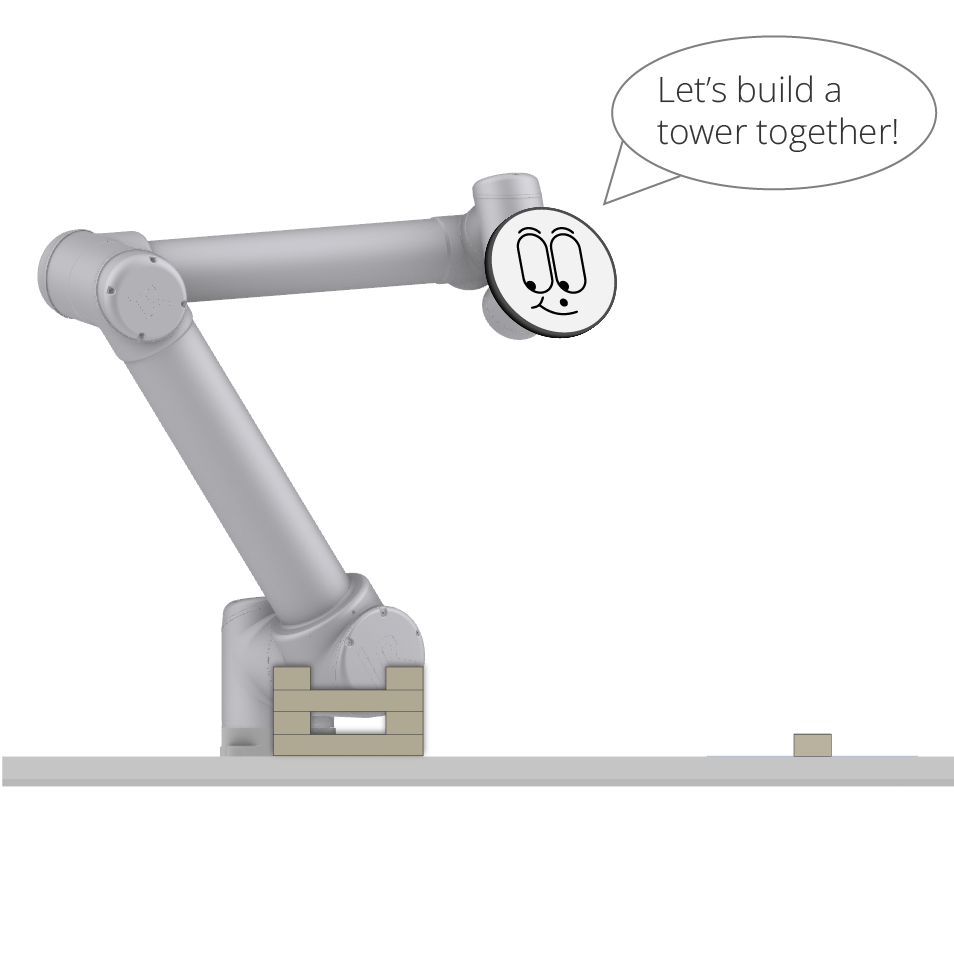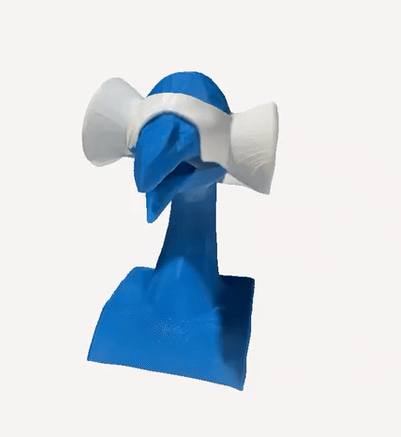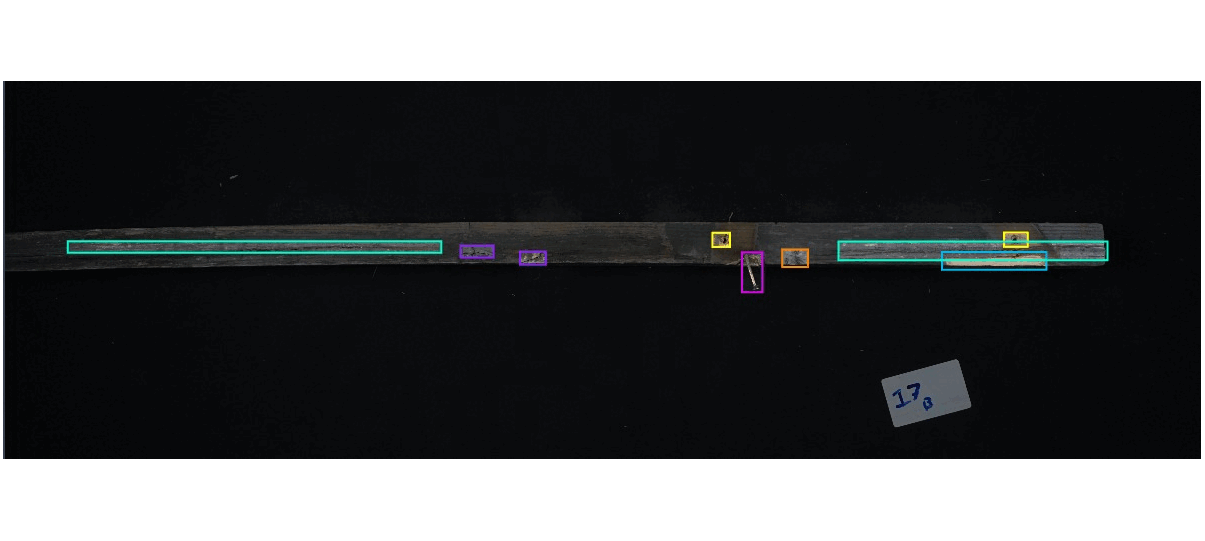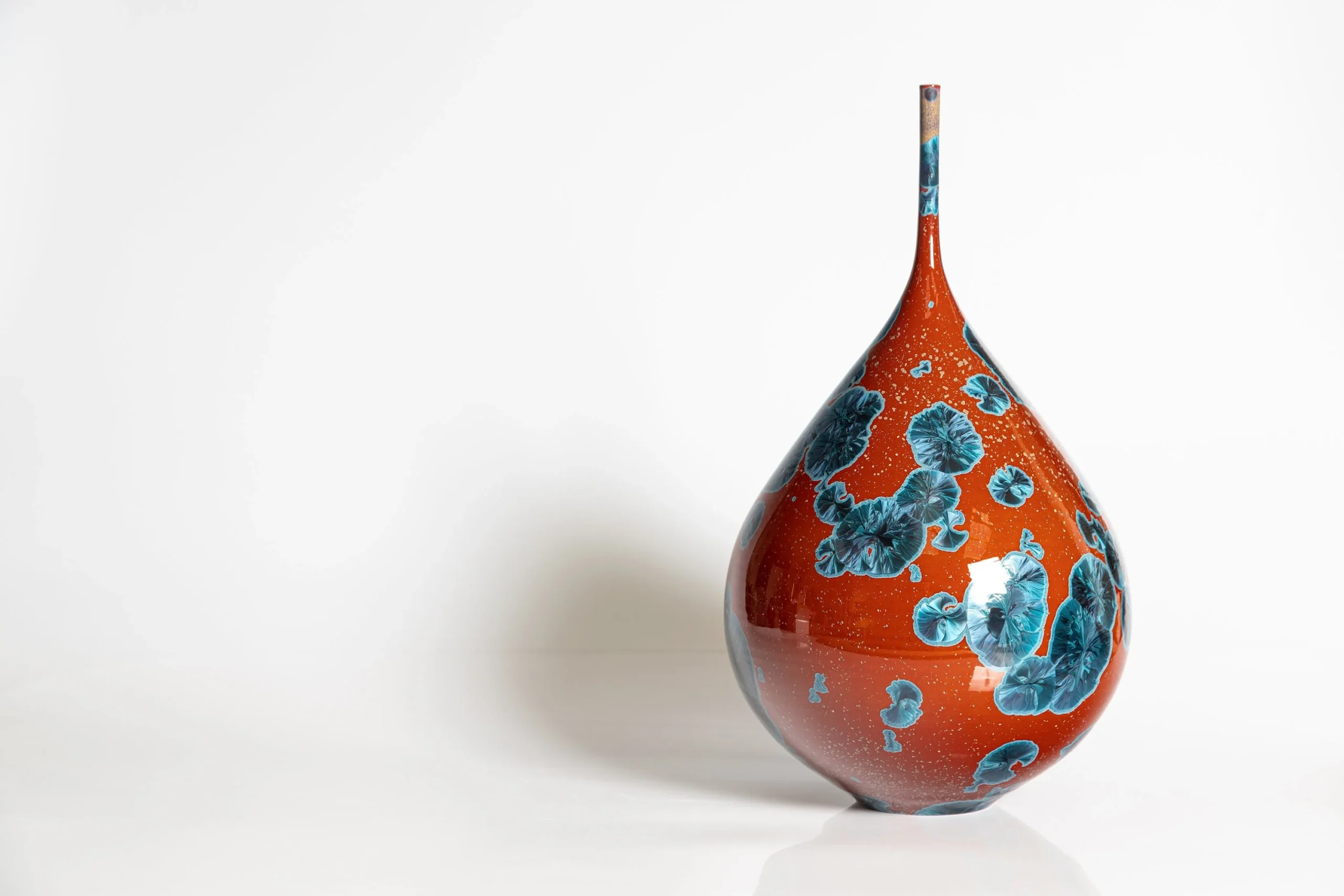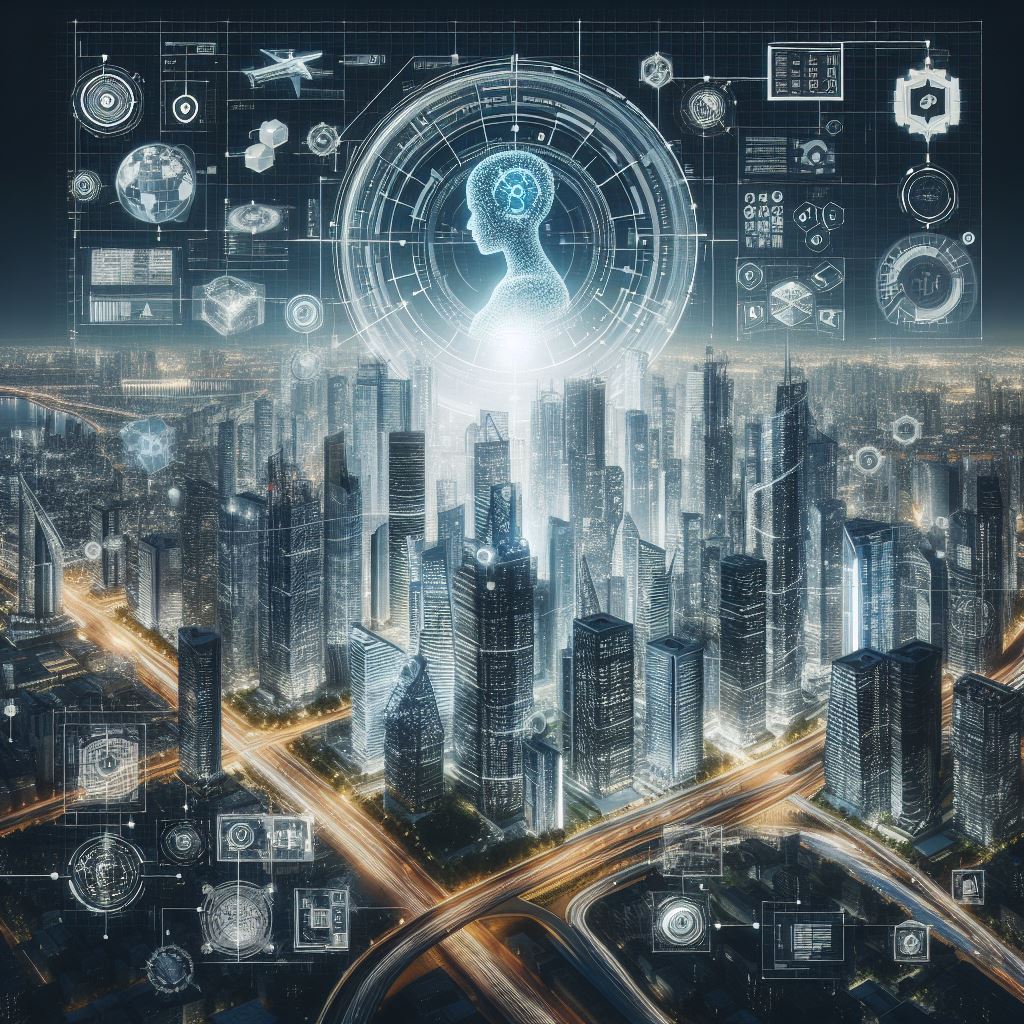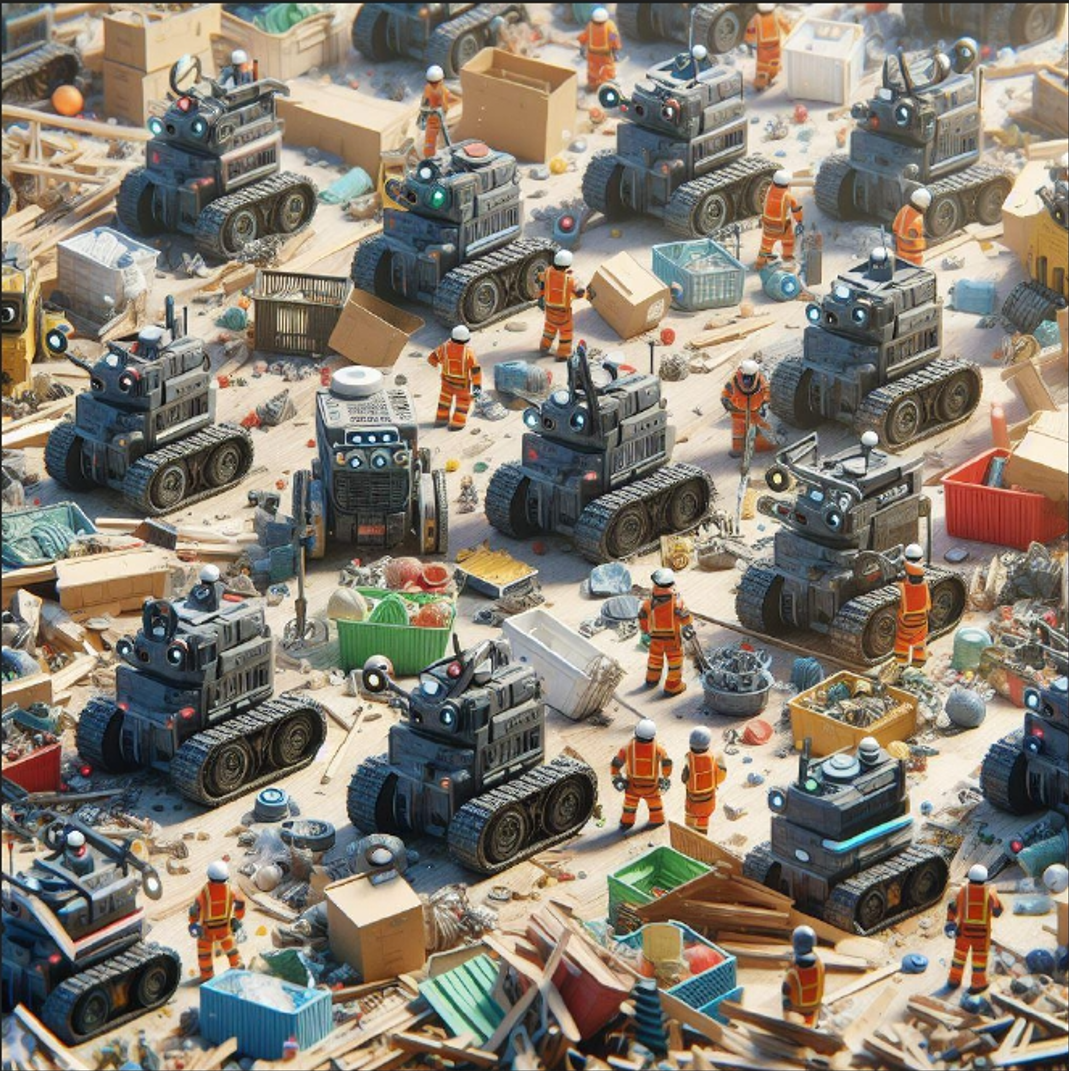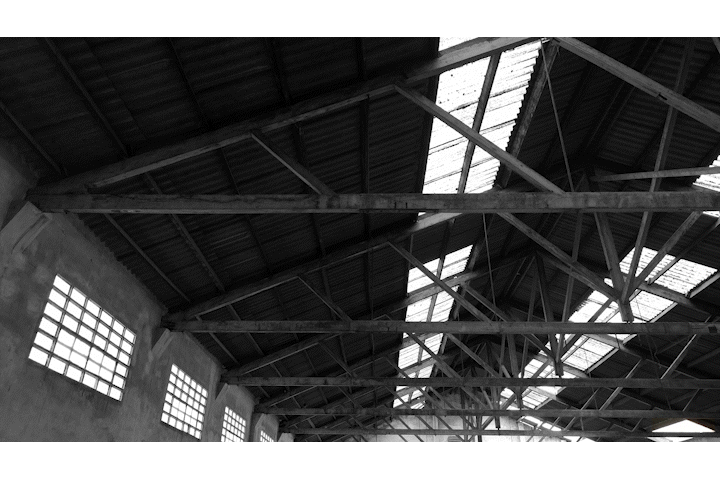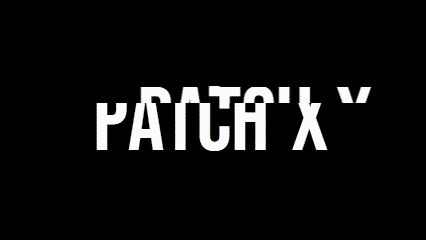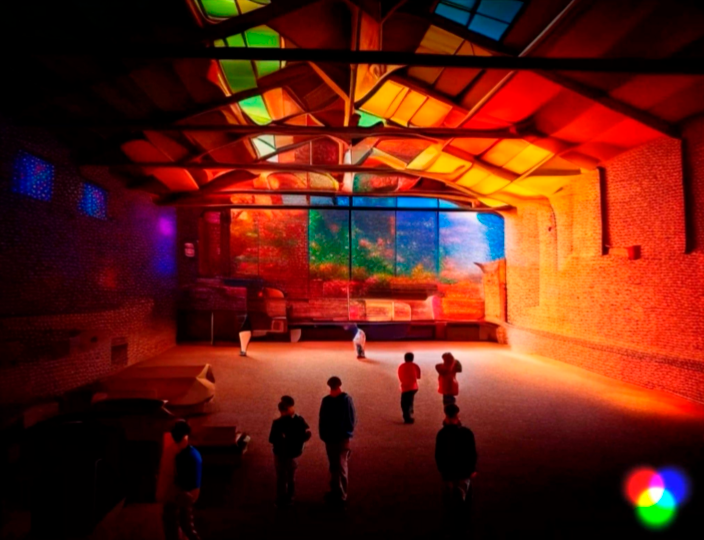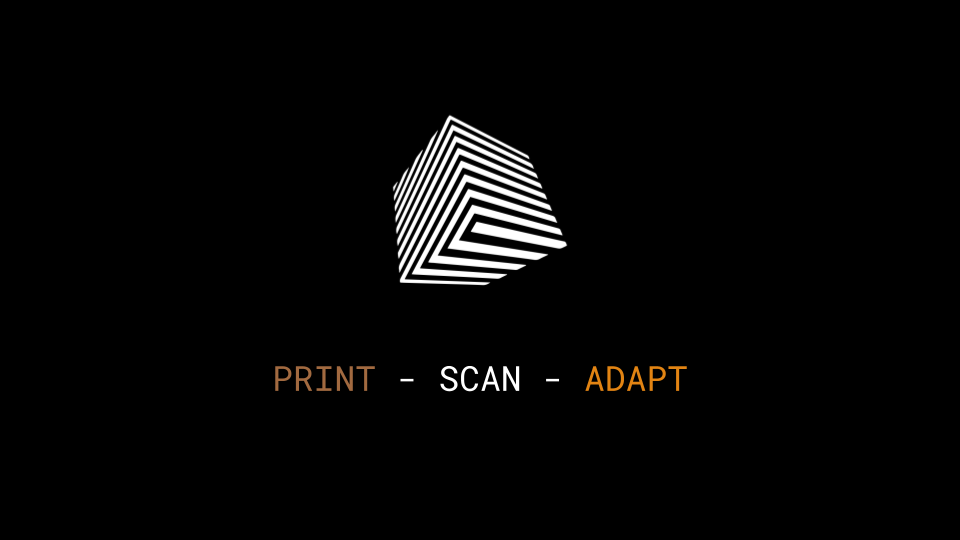Hey Jarvis, let’s Collaborate!
This project explores a framework for Human-Robot Collaboration (HRC) and behavioural fabrication, focusing on constructing a Jenga-like tower using small timber blocks. Using the Agent-Based Modeling system (ABxM) from the Institute for Computational Design and Construction (ICD), a communication network was established integrating a human participant, a computer vision system, and an interactive audio interface. … Read more

